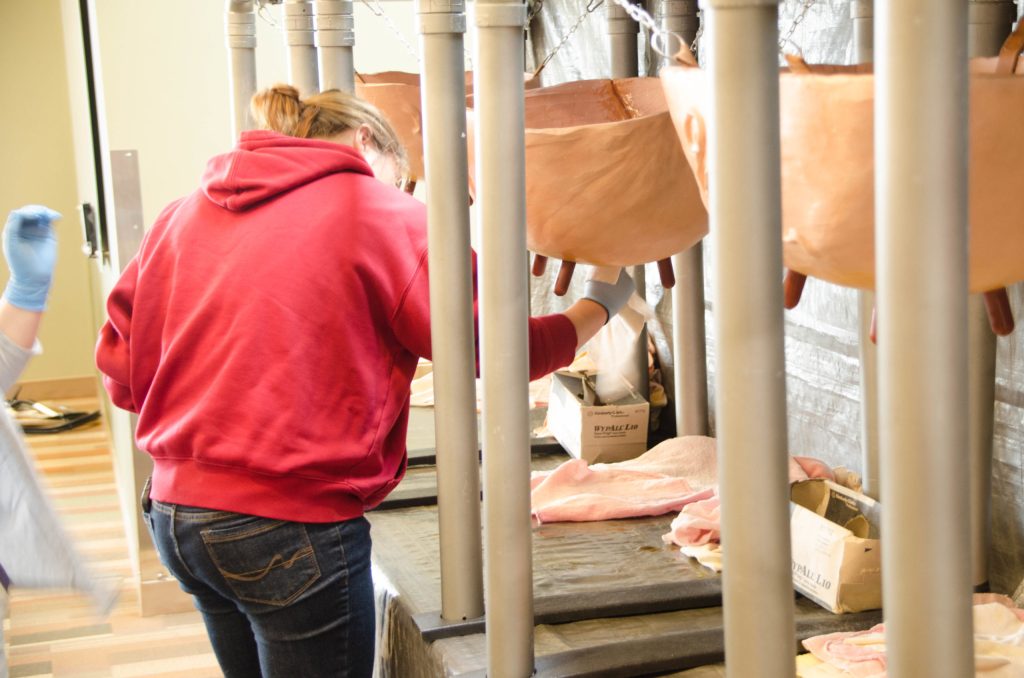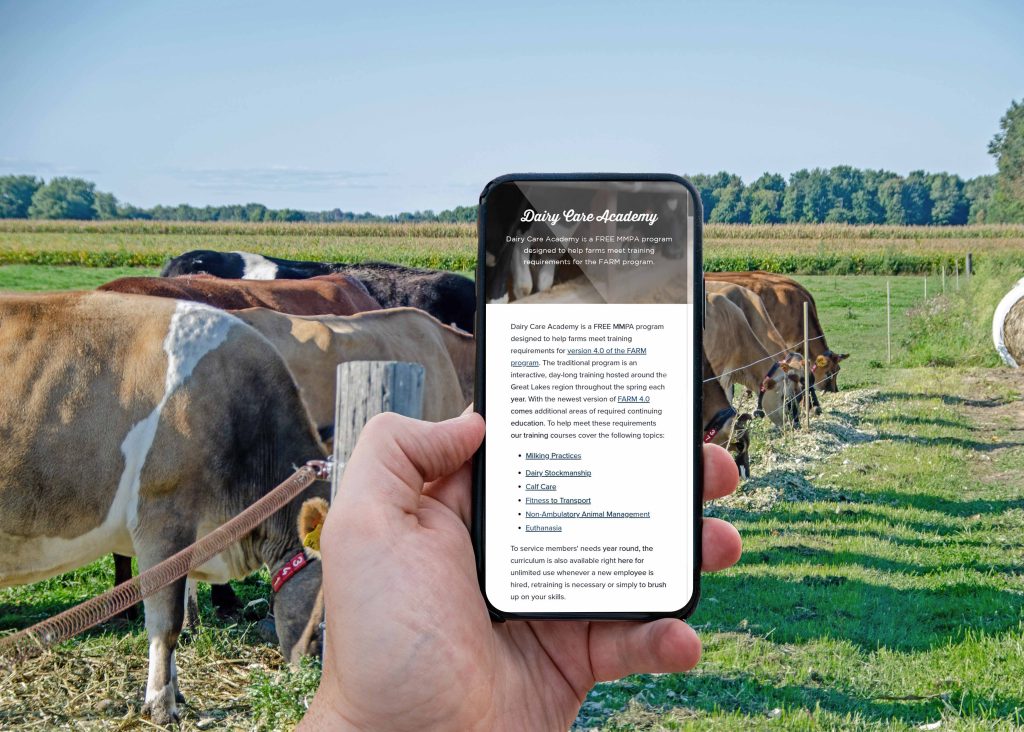
MMPA is committed to cooperative social responsibility and sustainable business practices throughout our entire supply chain. At the farm level, MMPA members are also on a sustainability journey. We’re checking in with a handful of member farmers leading the charge with this sustainability spotlight series.
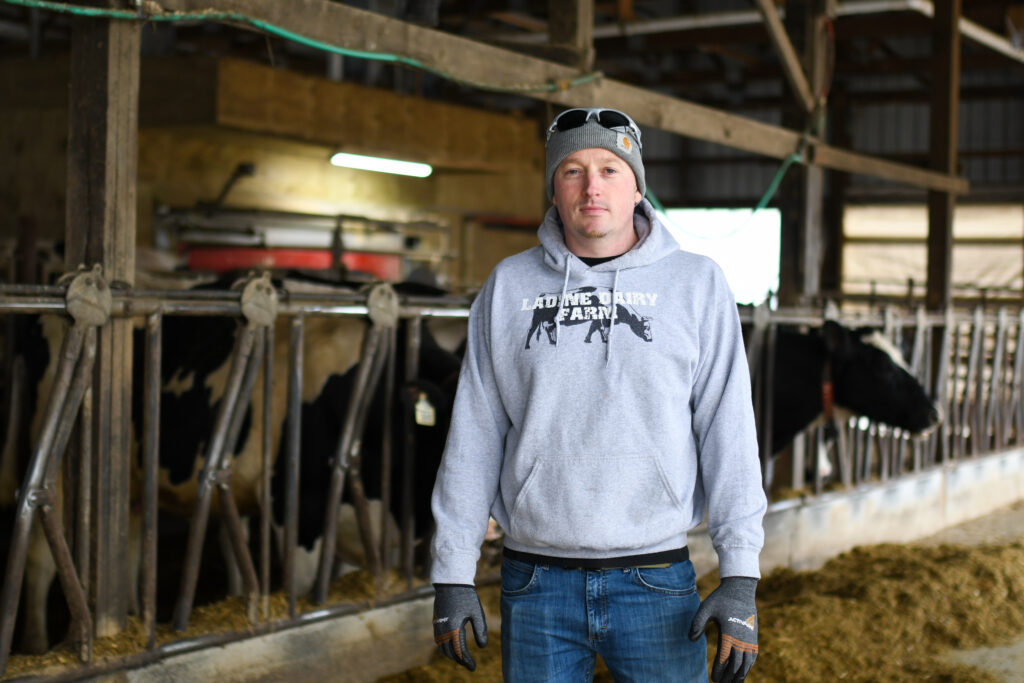
Like many other farms, sustainability on Ladine Dairy Farm begins out of necessity and desire to pass the farm on through generations. “If I’m not sustaining, I’m not going to be here, and I want to pass it onto the next generation like my grandpa has to my uncle,” Parker Bivens (District 2, Bellevue, MI), owner of Ladine Dairy Farm said.
For Bivens, sustainability is at the root of his efforts to automate his operation. What started as a love of technology, coupled with the recognized labor challenges they were facing, turned into installing technology in all facets of their farm.
“I had to talk my dad into installing robot milkers, but he’s looking closer to retirement so it was once he realized how easy it would get, he was on board,” Bivens said. “Now, he’s glad that we did it because installing the robots helped us deal with labor, employees, and now one of us can do it all day long or even for a couple of days straight with no problem.”
Ladine Dairy Farm transitioned to robot milkers in February 2021. While it was a rough first few weeks, they have since seen significant improvements in their herd’s health.
“The biggest gain we’ve gotten from the robots is the labor savings and cow health and longevity just from not being on their feet for so long waiting to get into the parlor,” Bivens said. “We have seen a huge increase in conception rates, too. We were averaging probably 35-40% conception rate and now some months will be up to 60%. That’s something too that will just keep getting better over time.”
In addition to the robot milkers, Ladine Dairy Farm also utilizes automatic calf feeders which ensure that every calf receives the proper amount of nutrients for their age, and a robot feed pusher that helps provide cows consistent access to a well-balanced diet. The robots have created an ecosystem of technology on the farm, simplifying the transition for heifers.
“A big correlation with the heifers when they calve in is the technology they’re exposed to when they are younger. They do really well because we’ve been setting up for it over the last four years,” Bivens said. The forward-thinking nature also allows Bivens to recognize that the “technology is a decade of investment, but over a long period of time we will have healthier cows as a result.”
The technology on Ladine Dairy Farm also allows Bivens to monitor metrics that evaluate a cow’s health without just relying on visible signals.
“I’ve been able to catch sick cows faster,” Bivens said. “Usually when rumination begins to drop, I try to see what’s wrong with them. The software shows us which cows are suspected for ketosis and it takes into account rumination and activity while using protein and fat as an inversion as well. It’s all in there.”
For Bivens, the technology is also a way to ease his worries when it comes to carrying for his cattle. “I don’t sleep at night when I have a calf that isn’t doing as well as what it should. I worry about every animal’s health and stress when I have sick animals.”
Parker’s automation efforts underscore his desire to provide the best quality care for his cattle, all while sustainably approaching his smart farming practices. Perhaps fittingly, when asked what his definition of sustainability is, he recommended, “Ask Google.”
At the end of the day, Parker’s goal on his farm is to “be more successful with what we’ve been given” and that’s what sustainability is all about.
Smart Farming: A broad range of new technologies that provide data to guide on-farm decisions and planning. This could include sensors for almost any variable of interest; everything from soil moisture sensors for irrigation control to electronic monitors for livestock health. Driving this revolution is the Internet of Things, an ever-growing network of sensors and devices with internet and machine-to-machine connectivity.

FARM
Ladine Dairy Farm LLP
Bellevue, Michigan
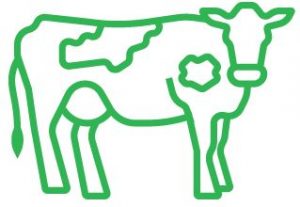
HERD
120 milking

LAND
380 acres of alfalfa, corn,
soybeans, rye and wheat

VERIFICATIONS
MMPA Sustainability Survey, Nutrient Management Plan, Farmers Assuring Responsible Management Animal Care, MAEAP Verified in Livestock and Farmstead Systems
This article was originally published in the May/June 2022 issue of the Milk Messenger. Subscribe »



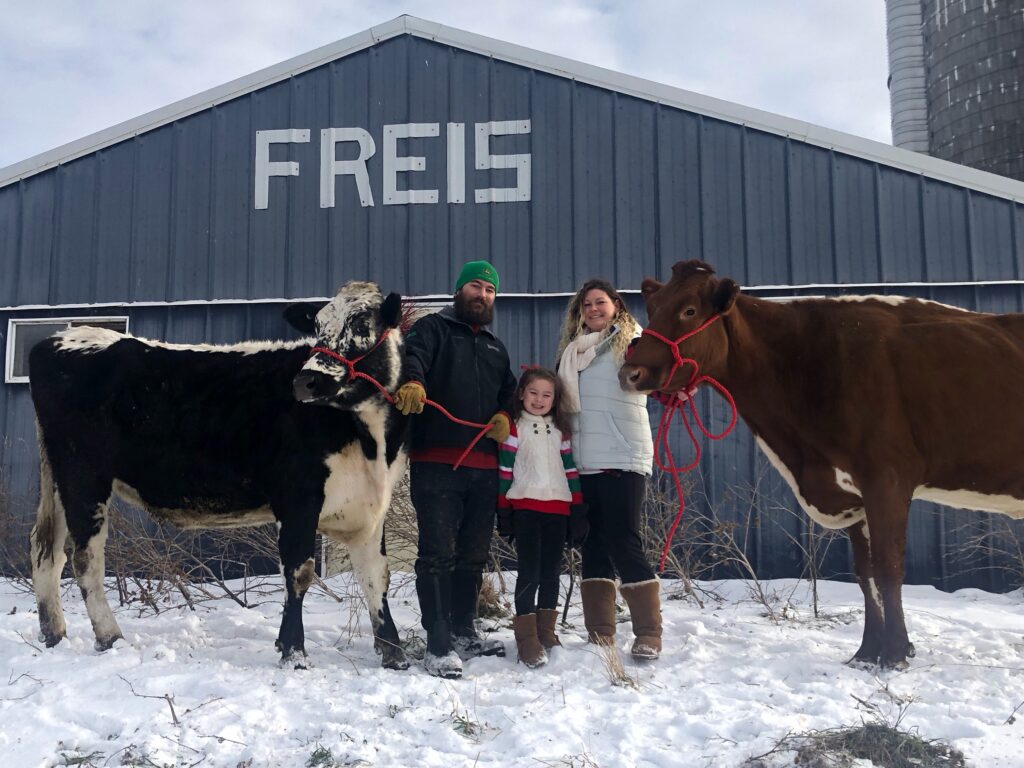

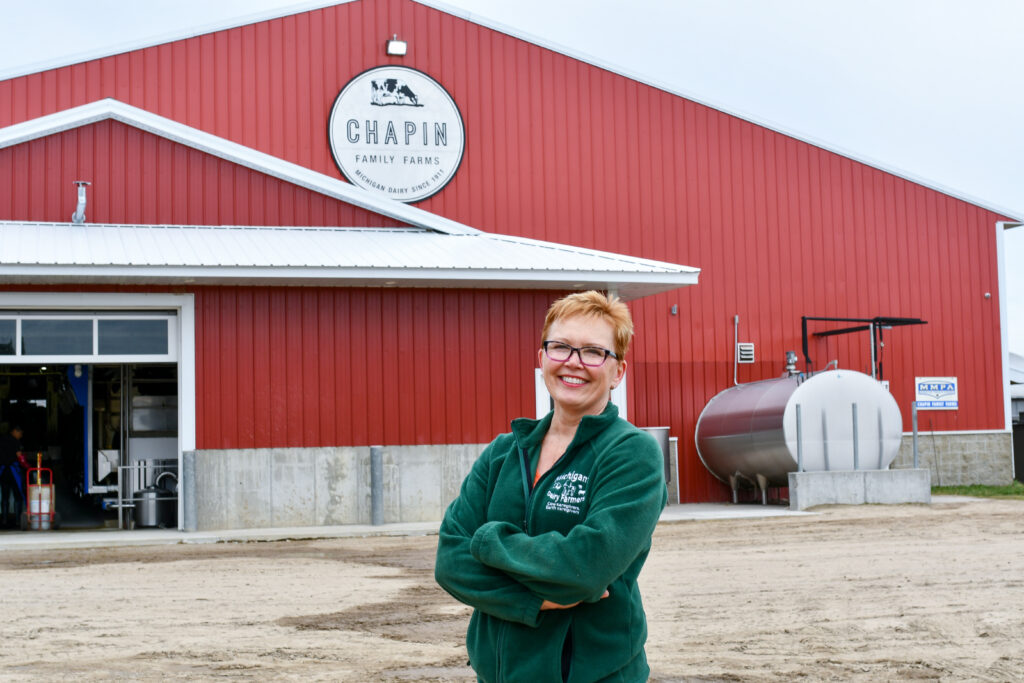
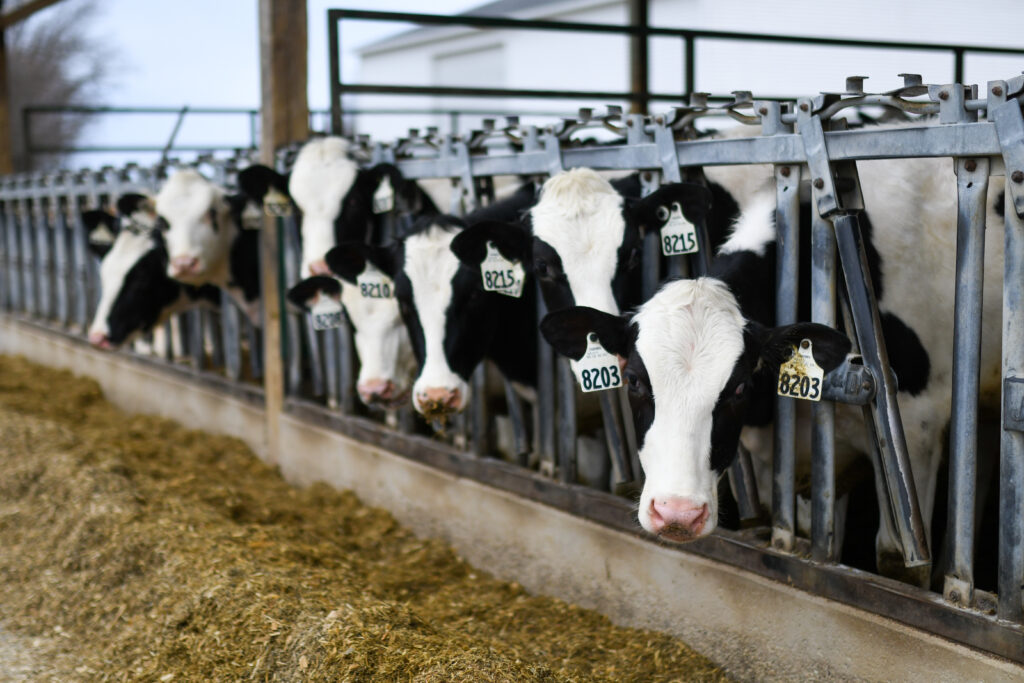
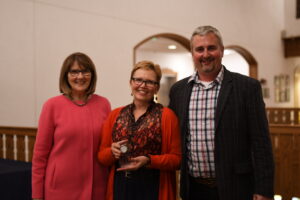




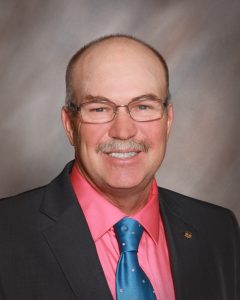

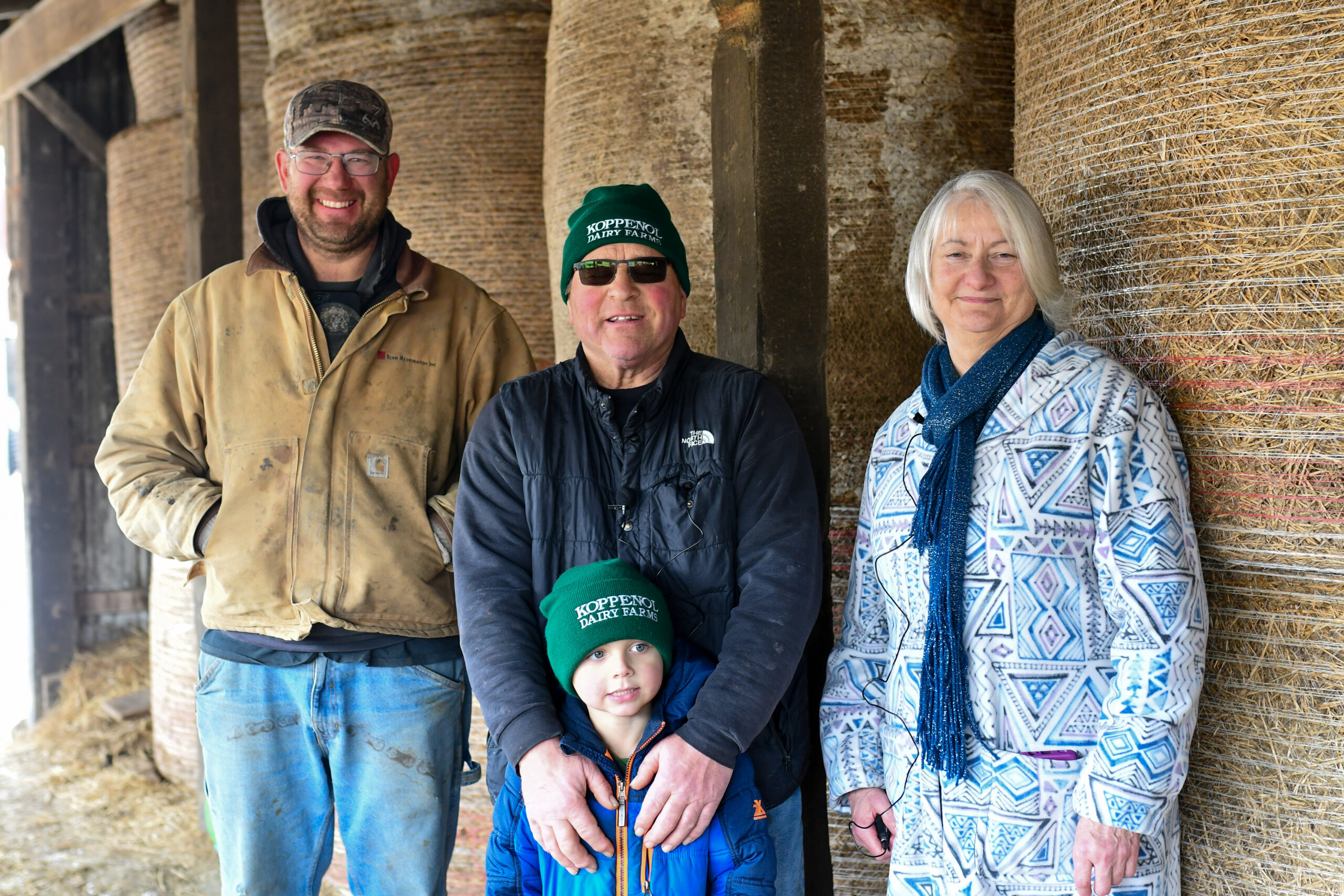
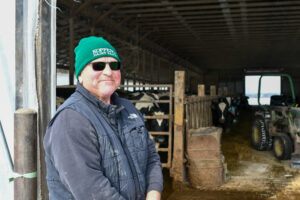
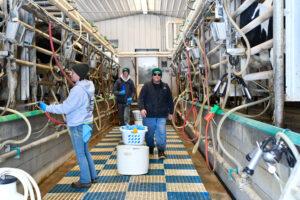
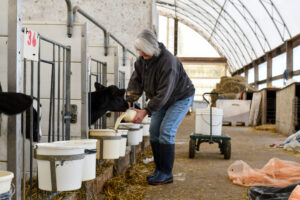
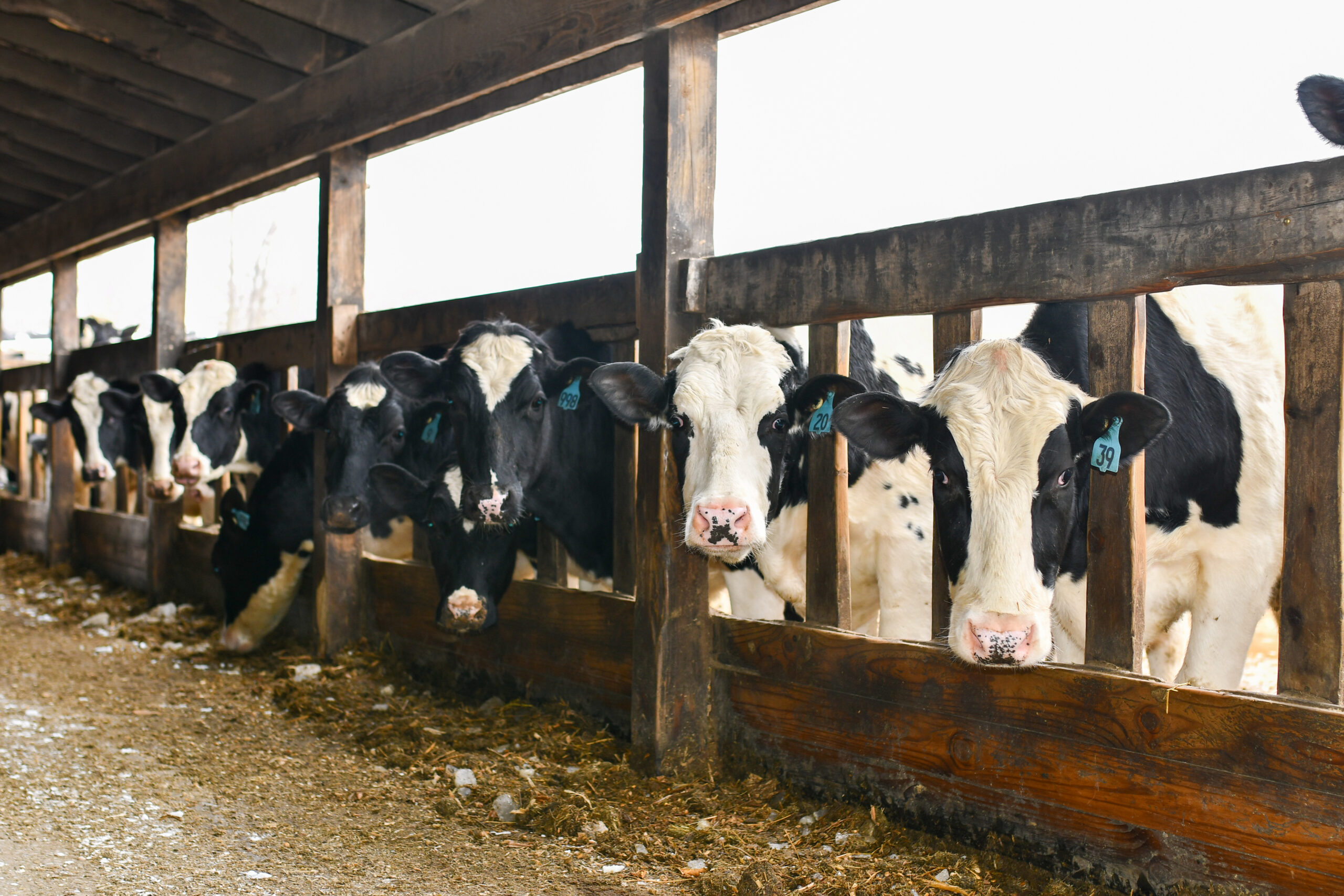


 By Tom Downey, MMPA Chief Financial Officer
By Tom Downey, MMPA Chief Financial Officer


